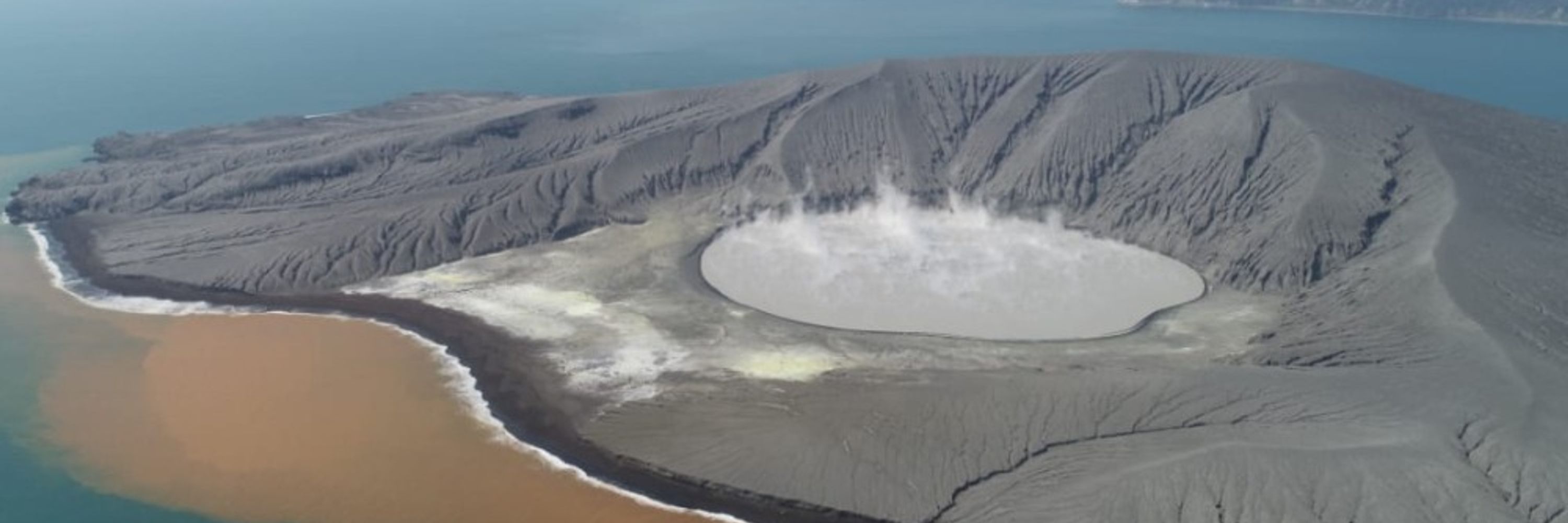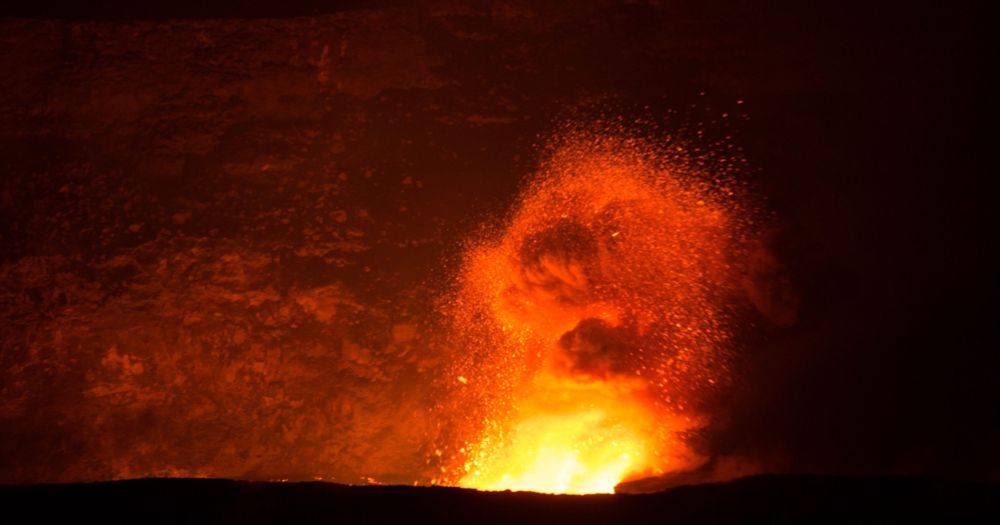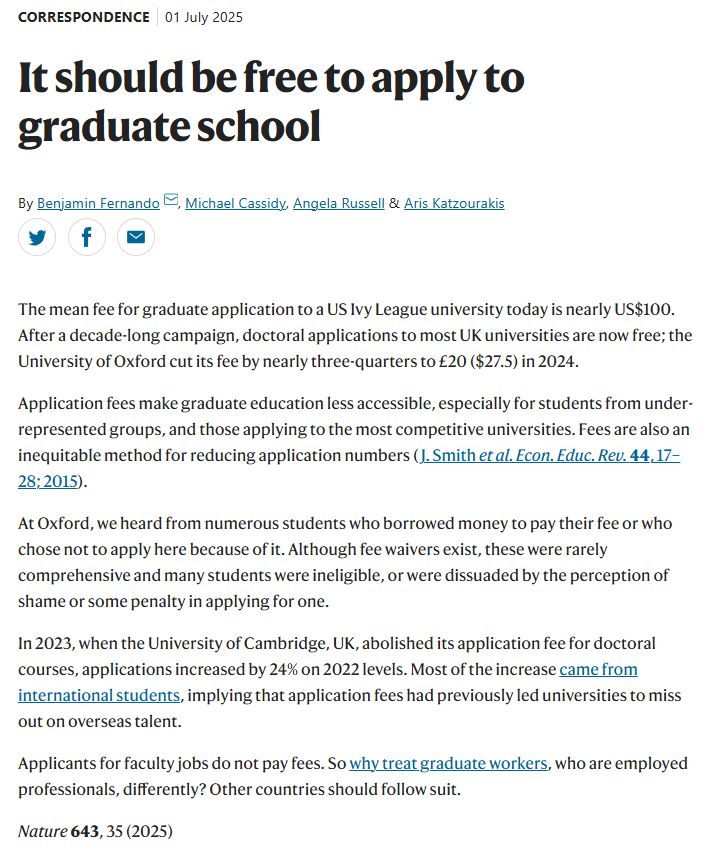

If you’d like to support our work: www.globalvolcanoriskalliance.com

If you’d like to support our work: www.globalvolcanoriskalliance.com
📊 More papers on Mt St Helens alone (1,437) than all 123 volcanoes in Indonesia combined.
Only ~600 of Earth’s 1,302 active volcanoes have any monitoring instruments.
📊 More papers on Mt St Helens alone (1,437) than all 123 volcanoes in Indonesia combined.
Only ~600 of Earth’s 1,302 active volcanoes have any monitoring instruments.
75% of VEI-5 eruptions (like El Chichón or Mt St Helens) followed 100+ yrs of silence.
90% of VEI-6 eruptions (10x bigger) too.
And in regions like Indonesia or the Pacific, a volcano with no known history erupts every 7–10 yrs.
75% of VEI-5 eruptions (like El Chichón or Mt St Helens) followed 100+ yrs of silence.
90% of VEI-6 eruptions (10x bigger) too.
And in regions like Indonesia or the Pacific, a volcano with no known history erupts every 7–10 yrs.


